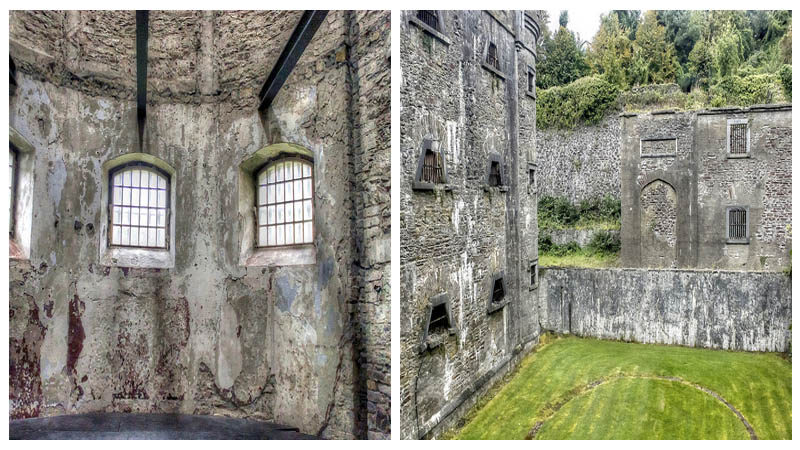The first buildings of Cork County Gaol were erected in the early 19th century, although the prison also made use of even older buildings already on the site which probably date back to the 1790s. The site’s designers were James and George Pain. These brothers designed the prison in the Greek Revival style and made sure every detail and bit of ornamentation was accounted for.
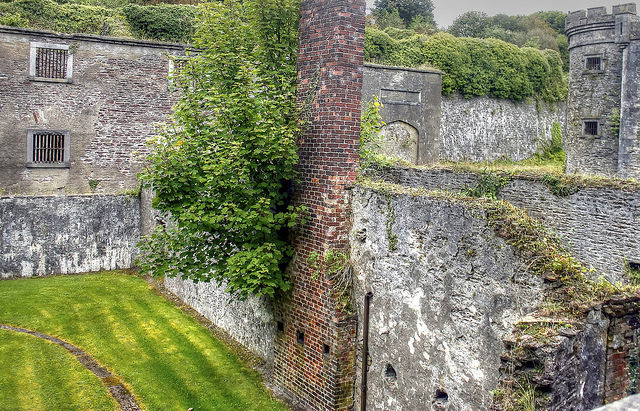
The Pain brothers designed three three-story buildings that protruded outwards from a central block building. The Governor’s residence was in this central block. The second floor was reserved for the chapel, where prisoners could come and pray, and the prison’s infirmary was located on the third floor.
The rest of the structures formed the main part of the jail and held a total of 78 cells divided between the three buildings.
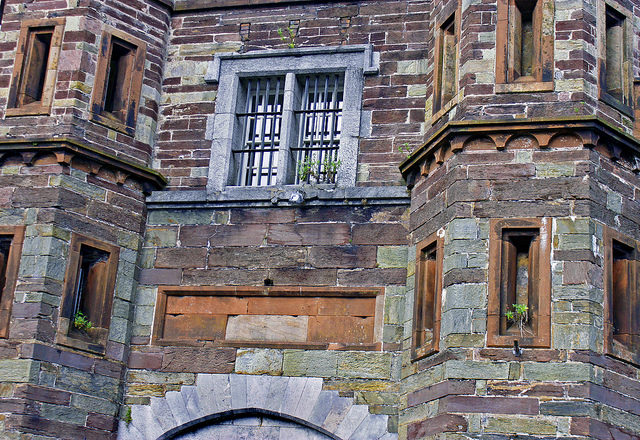
There are numerous stories about Cork County Gaol, but the one that probably made the largest imprint upon the media of the day was the audacious escape of Donnacha McNeilus and his bloody arrest.
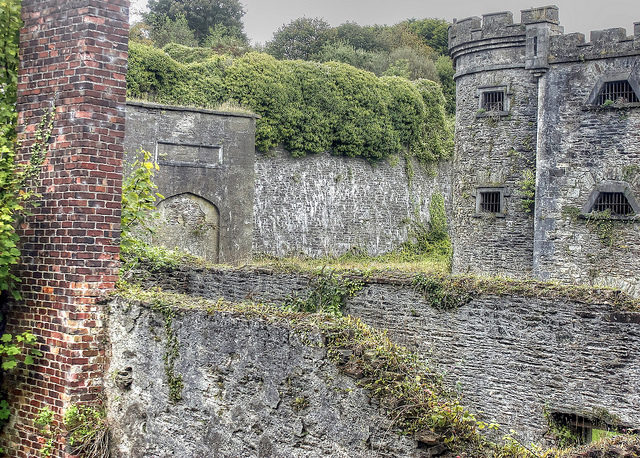
On November 4, 1918, Head Constable Clarke and five more police officers went to the home of Donnacha McNeilus to arrest him. However, McNeilus had a different agenda for the day: being arrested and taken to jail was not on it.
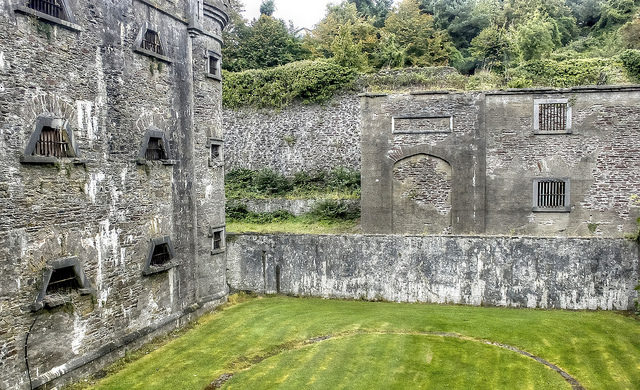
The police officers were armed and so was McNeilus. With a revolver in his hand, he tried to fight his way out to stop the police from taking him. In the exchange of shots, Clarke was gravely wounded as a bullet ended up under his right eye.
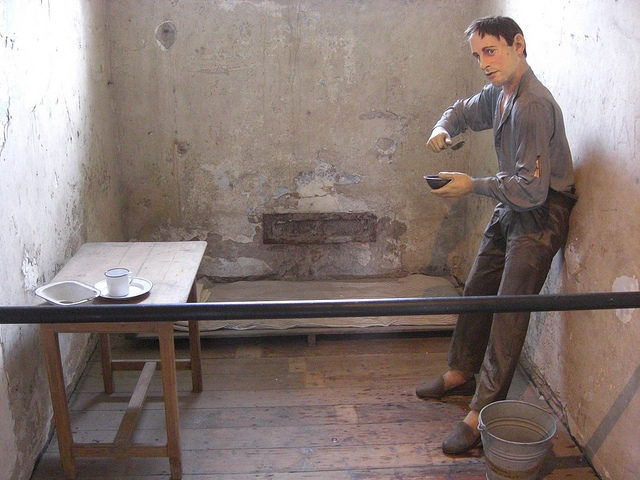
In the aftermath of the scuffle, McNeilus was overpowered and taken to Cork County Gaol. Clarke survived – a detail that saved McNeilus from being dropped from the gallows.
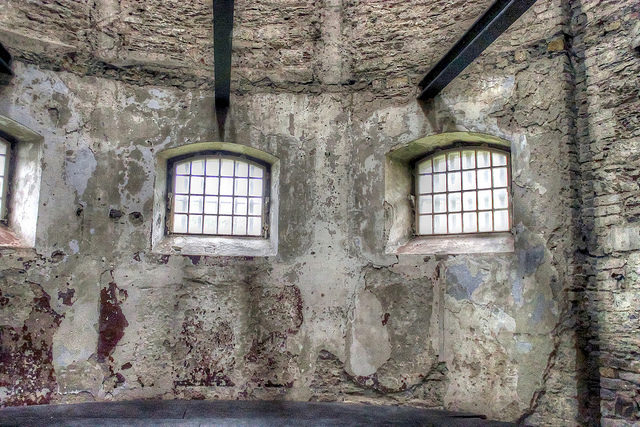
An electrical engineer by trade, he was introduced to Irish nationalist ideologies at Haulbowline Dockyard. Not long after, he joined the rebels in the fight for Ireland’s freedom and soon became an officer.
His engineering skills would later prove useful in the manufacture of ammunition and arms. While held at the prison, McNeilus was regularly visited by members of the Irish Volunteers (a precursor of the IRA). During one of these visits, he received a note informing him to be on the lookout for a surprise.
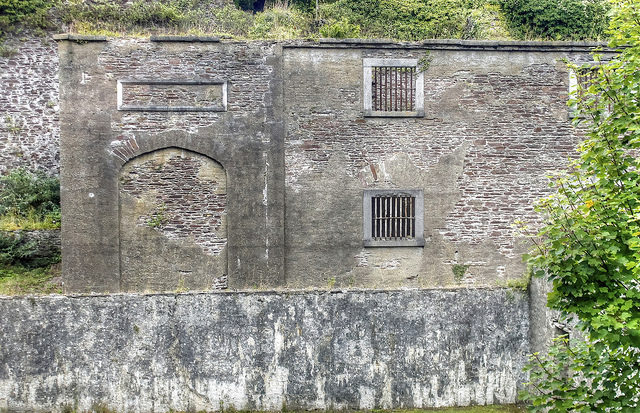
Seven days after his arrest, two Volunteers came to the prison requesting to visit their friend and captain.
They were given access and were allowed inside. Not long after them, two more came and were granted access as well. Another pair of Volunteers came to the prison’s gate disguised as clergymen. In no time, there were six militiamen inside the prison. With the hidden sandbags, they overpowered the guard who was keeping an eye on McNeilus.
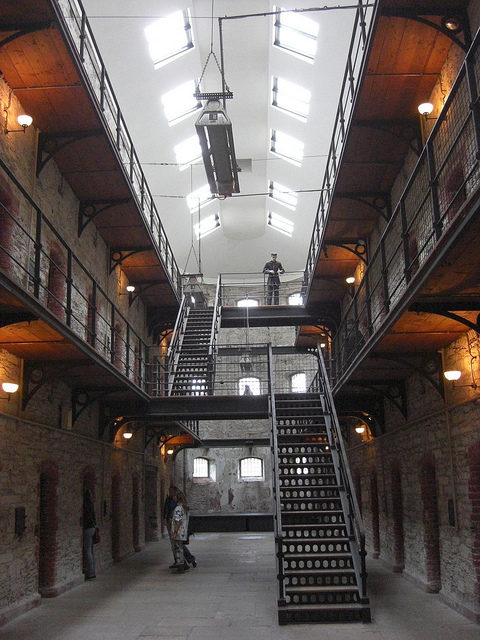
With the keys in their hands, all of them escaped the prison and got out to the street via a hole in the fence that other Volunteers had made for them. McNeilus managed to get far away from the prison and into a safe house — he was never caught.
He lived out his days in freedom until his death on December 15, 1954. A decade later, a monument was erected in his honor.
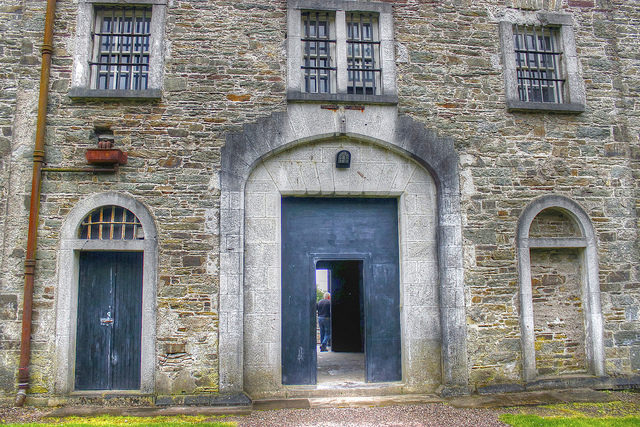
McNeilus’s escape wasn’t the only one. There were more – some successful and some failed miserably, such as in the case of John Joe Kavanagh who tried to escape via a tunnel under the prison but ended up being caught and shot.
In the 1940s, the jail fell into a state of neglect. It was closed in 1957 with part of it being demolished and part being transferred to University College Cork.
